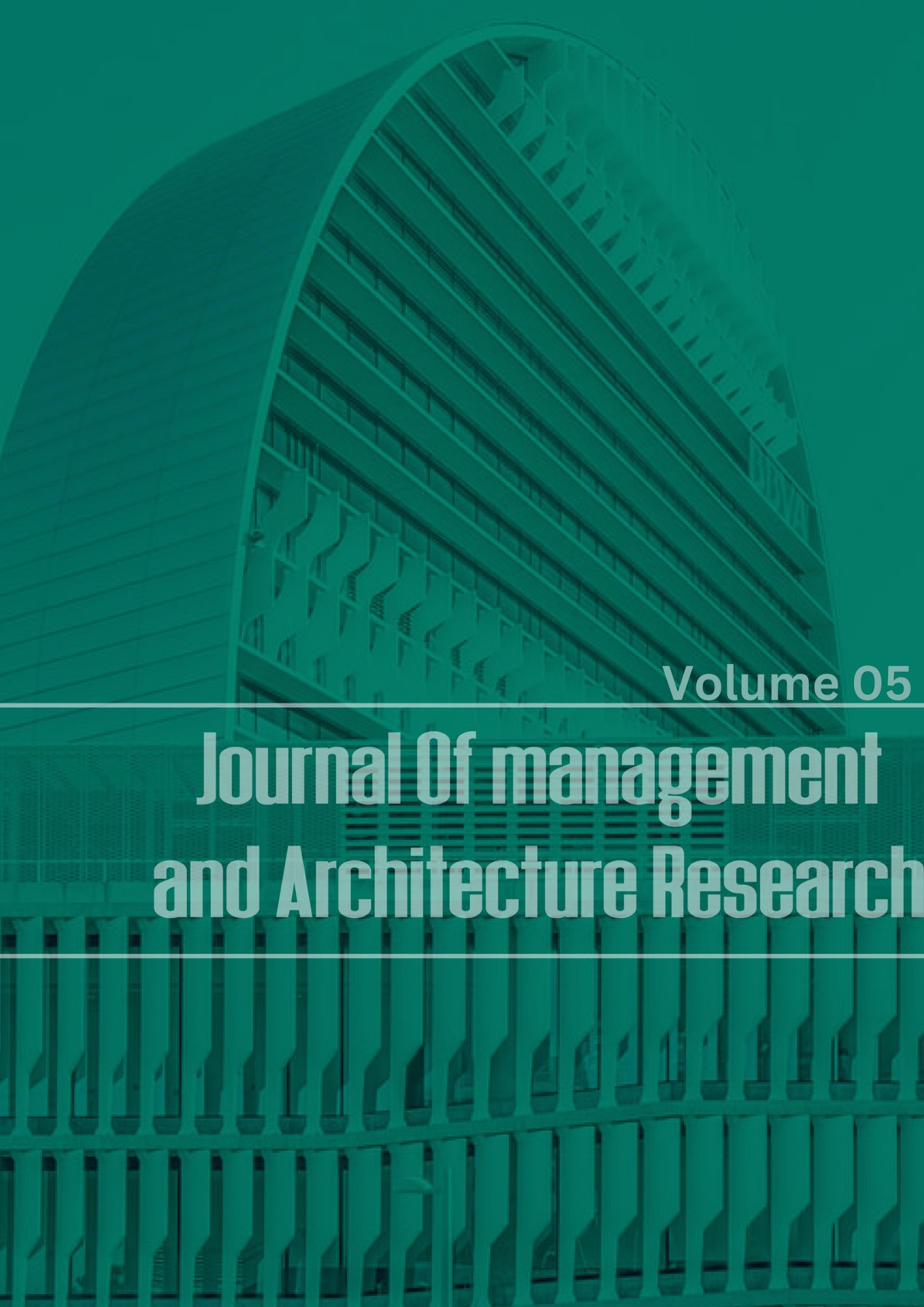
 Articles
| Open Access |
Articles
| Open Access | An analysis of the ecosystem health in aquatic habitats using quantitative remote sensing, with a focus on China's Heihe River Basin
Abstract
To explain (1) how hydrological processes affect the distribution and structure of biological systems, and (2) how biological systems influence the water cycle," as stated by ecohydrologists, is the primary "goal of ecohydrology" (Baird and Wilby, 1999; Rodriguez-Iturbe, 2000; Bonell, 2002; Eagleson, 2002; Kundzewicz, 2002; Nuttle, 2002; Zalewski, 2002; Bond, 2003; Hunt and Wilcox, 2003; Newman et al., 2003; Van Dijk, 2004; Hannach" et al., 2004; Breshears, 2005). Ecohydrology is the study of hydrology's ecological impacts. " Gaining a better understanding of and a way to quantify the relationship between plants and water is one of the first steps in developing an ecohydrological approach to water resource management. Managing watersheds in arid regions continues to attract attention. of dwindling water supplies (Hibbert 1983). If accurate correlations can be established between groundwater recharge, runoff, hydraulic variables, and vegetation change, these operations can be used as water demand proxies (Walvoord and Phillips, 2004; Kwicklis et al., 2005). Vegetation is known to play an important role in the dynamics of groundwater recharge and outflow in arid regions, which has been studied using remote sensing techniques (Cayrol et al., 2000; Kerkhoff et al., 2004b). Rather than surface and subsurface sampling and analysis, vegetation mapping can be used to predict surface flow and groundwater recharge. Predicting the vegetation's response to changes in water input, as well as its impact on water fluxes, requires ecohydrological approaches and models that use remote sensing. technology and stowing away Improving satellite remote sensing capabilities may allow us to learn more about how vegetation responds to changes in hydrological processes. Understanding ecohydrological processes necessitates the integration of remote sensing techniques with hydrology.
Keywords
Groundwater Recharge, Remote Sensing Methods
References
Article Statistics
Downloads
Copyright License
Copyright (c) 2024 XU HONGMEI, DR MOHAMMED SALEH NUSARI DR MOHAMMED SALEH NUSARI, DR HJ ARAZI BIN IDRUS (Author)

This work is licensed under a Creative Commons Attribution 4.0 International License.
Download Citations
How to Cite
Download Citation
Similar Articles
- ZHANG XIAO, DR MOHAMMED SALEH NUSARI, DR. AIMAN AL-ODAINI DR. AIMAN AL-ODAINI, A measurable evaluation of the connections between ground- and surface-water in erdos plateau, china's hailiutu river basin , Journal of Management and Architecture Research: Vol. 6 No. 02 (2024): Volume 06 Issue 02
- WANG ZHIHUA , DR. AIMAN AL-ODAINI DR. AIMAN AL-ODAINI, DR HJ ARAZI BIN IDRUS, A Case Analysis of Hong Kong's High-Rise Building renewal Methods , Journal of Management and Architecture Research: Vol. 6 No. 01 (2024): Volume 06 Issue 01
- WANG JUN , DR. AIMAN AL-ODAINI , DR MOHAMMED SALEH NUSARI, Synthesis and Characterization of Nanoscale Iron Oxide for Environmental Uses , Journal of Management and Architecture Research: Vol. 6 No. 01 (2024): Volume 06 Issue 01
- ZHOU MINGWU, DR. AIMAN AL-ODAINI DR. AIMAN AL-ODAINI, DR MOHAMMED SALEH NUSARI DR MOHAMMED SALEH NUSARI, An examination of China's most prominent river in light of water shortages, climate shifts, and urban responses , Journal of Management and Architecture Research: Vol. 6 No. 02 (2024): Volume 06 Issue 02
- ZHU DONGMEI, DR MOHAMMAD NIZAMUDDIN INAMDAR INAMDAR, DR MOHAMMAD NIZAMUDDIN INAMDAR INAMDAR, A STUDY TO ESTIMATE THE TECHNO-ECONOMIC FELIZABILITY OF LAST HEAT STORAGE AND THERMAL ENERGY TO MAINTAIN THE INDOOR COMFORT LEVEL , Journal of Management and Architecture Research: Vol. 6 No. 02 (2024): Volume 06 Issue 02
- Dr. Rajeev Nair, ENHANCED REBAR DIAMETER CLASSIFICATION IN CONCRETE ELEMENTS VIA FUSED GROUND PENETRATING RADAR AND DEEP LEARNING , Journal of Management and Architecture Research: Vol. 7 No. 02 (2025): Volume 07 Issue 02
- Prof. Omar Ben Saïd, Dr. Carlos kim, PREDICTING SOVEREIGN CREDIT EXPOSURE DURING POLITICAL TURMOIL: INSIGHTS FROM MACHINE LEARNING AND DEEP LEARNING MODELS , Journal of Management and Architecture Research: Vol. 7 No. 10 (2025): Volume07,issue10
- Dr. Elara F. Cheng, ASSESSING THE SUITABILITY OF CONCENTRATED RESETTLEMENT FOR ECOLOGICAL MIGRANTS IN ARID MOUNTAINOUS REGIONS: A CASE STUDY OF GANSU PROVINCE, CHINA , Journal of Management and Architecture Research: Vol. 7 No. 11 (2025): Volume07,issue11
You may also start an advanced similarity search for this article.
Most read articles by the same author(s)
- WANG JUN , DR. AIMAN AL-ODAINI , DR MOHAMMED SALEH NUSARI, Synthesis and Characterization of Nanoscale Iron Oxide for Environmental Uses , Journal of Management and Architecture Research: Vol. 6 No. 01 (2024): Volume 06 Issue 01
- ZHANG YAN , DR. AIMAN AL-ODAINI DR. AIMAN AL-ODAINI, DR HJ ARAZI BIN IDRUS BIN IDRUS, A technique for economic and sustainable high-rise buildings An Analysis of the Shanghai Tower's Technical Features , Journal of Management and Architecture Research: Vol. 6 No. 02 (2024): Volume 06 Issue 02
- ZHOU HUI , DR MOHAMMED SALEH NUSARI DR MOHAMMED SALEH NUSARI, DR. AIMAN AL-ODAINI DR. AIMAN AL-ODAINI, China's Environmental Modernization Challenges: An Examination Based on the Lesser Plateau Watershed Restoration Project , Journal of Management and Architecture Research: Vol. 6 No. 02 (2024): Volume 06 Issue 02
- ZHANG XIAO, DR MOHAMMED SALEH NUSARI, DR. AIMAN AL-ODAINI DR. AIMAN AL-ODAINI, A measurable evaluation of the connections between ground- and surface-water in erdos plateau, china's hailiutu river basin , Journal of Management and Architecture Research: Vol. 6 No. 02 (2024): Volume 06 Issue 02
- ZHOU MINGWU, DR. AIMAN AL-ODAINI DR. AIMAN AL-ODAINI, DR MOHAMMED SALEH NUSARI DR MOHAMMED SALEH NUSARI, An examination of China's most prominent river in light of water shortages, climate shifts, and urban responses , Journal of Management and Architecture Research: Vol. 6 No. 02 (2024): Volume 06 Issue 02
